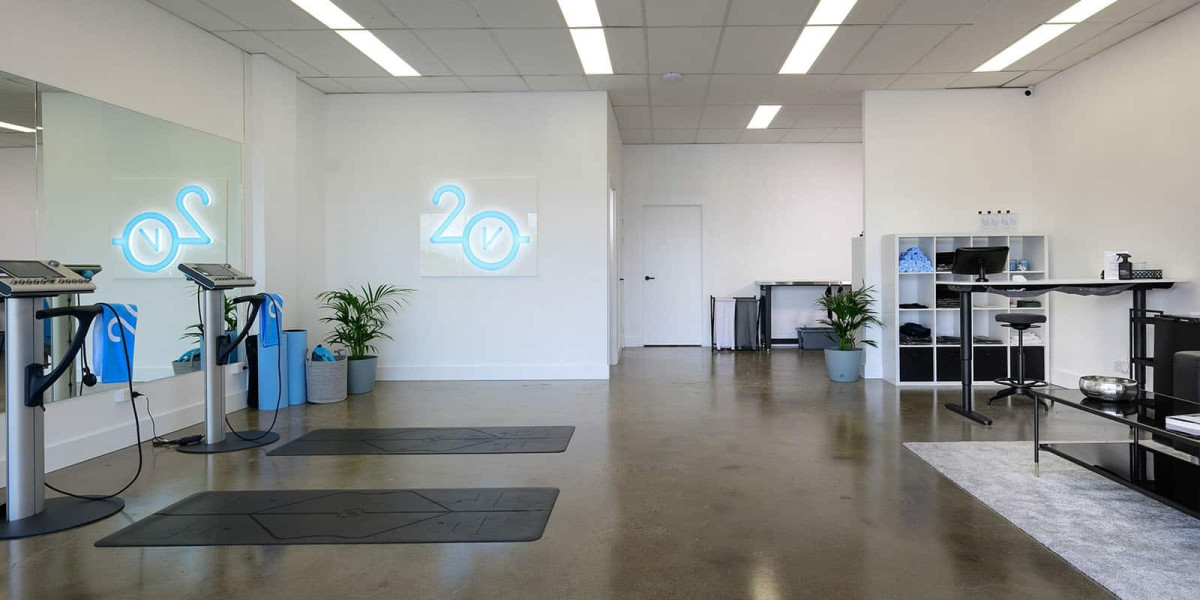In today’s fast-paced world, finding a workout that is both effective and time-efficient can be a challenge. Enter the EMS workout – a revolutionary fitness method that uses Electrical Muscle Stimulation (EMS) to maximize results in minimal time. Whether you want to build strength, tone muscles, lose fat, or enhance overall fitness, an EMS workout provides an innovative solution for modern training needs.
What is an EMS Workout?
An EMS workout involves applying low-frequency electrical impulses to key muscle groups, stimulating them to contract and relax. These impulses mimic the signals your brain sends to muscles during conventional exercise, but with increased intensity. This allows you to engage deeper muscle fibers that are often difficult to target with traditional workouts.
Originally developed for rehabilitation, EMS technology has now made its way into fitness studios, gyms, and personal training programs worldwide. The EMS workout has gained popularity because it combines efficiency, effectiveness, and versatility, delivering impressive results in as little as 20–30 minutes per session.
Benefits of an EMS Workout
There are several reasons why an EMS workout is rapidly becoming a preferred choice for fitness enthusiasts:
- Time-Efficient Training: EMS workouts provide a full-body training experience in a fraction of the time of conventional workouts.
- Full-Body Muscle Activation: Electrical impulses stimulate multiple muscle groups simultaneously, improving strength, tone, and endurance.
- Low Impact: Unlike heavy lifting or high-intensity cardio, EMS workouts are gentle on the joints while still delivering effective results.
- Enhanced Muscle Definition: EMS workouts help sculpt and tone the body, activating muscle fibers that traditional exercises may not reach.
- Fat Loss and Metabolism Boost: By increasing muscle engagement and metabolic activity, EMS workouts help burn calories and support weight loss goals.
Whether you are a beginner, an experienced athlete, or someone looking for a quick and efficient workout, an EMS workout is adaptable to your fitness level.
How an EMS Workout Works
During an EMS workout, electrodes are strategically placed on major muscle groups, such as the chest, back, arms, glutes, and legs. Electrical impulses cause muscles to contract more intensely than voluntary movements alone, leading to increased strength, endurance, and tone.
A typical EMS workout combines electrical stimulation with guided exercises, such as squats, lunges, planks, or push-ups. This combination ensures that both deep and surface muscles are activated, resulting in a highly effective workout in a short amount of time.
EMS Workout for Fitness and Weight Loss
An EMS workout is not just for muscle toning; it is also highly effective for fat reduction and improving overall fitness. The high-intensity muscle contractions during EMS training increase caloric expenditure and metabolic activity, helping you burn fat efficiently.
Fitness studios often offer tailored EMS workout programs designed for individual goals. Beginners may start with low-intensity sessions to familiarize themselves with the technology, while advanced users can engage in high-intensity full-body EMS workouts for maximum results.
EMS Workout for Rehabilitation and Recovery
Beyond fitness, an EMS workout is valuable in rehabilitation and recovery. Physical therapists use EMS to strengthen weak muscles, improve circulation, and aid in injury recovery. Athletes also benefit from EMS workouts for post-training recovery, as the gentle electrical stimulation reduces muscle soreness, promotes healing, and enhances overall performance.
Tips for Maximizing Your EMS Workout
To get the most out of your EMS workout, consider the following tips:
- Choose a Certified Trainer or Studio: Ensure that your EMS sessions are supervised by qualified professionals to ensure safety and effectiveness.
- Personalized Training Plans: Tailored EMS workout programs based on your fitness goals and level will maximize results.
- Consistency: Regular EMS workouts yield better long-term strength, tone, and fitness improvements.
- Complement with Nutrition: Proper nutrition enhances the effects of EMS workouts, supporting muscle growth, fat loss, and recovery.
- Stay Hydrated: Drinking water before and after an EMS workout helps prevent fatigue and aids in muscle recovery.
Safety Considerations
EMS workouts are generally safe when performed under professional supervision. However, individuals with heart conditions, pacemakers, or certain medical concerns should consult a doctor before starting EMS training. Pregnant women should also avoid EMS workouts unless approved by a healthcare professional.
Conclusion
An EMS workout is revolutionizing the fitness world by offering an effective, low-impact, and time-efficient alternative to traditional exercise routines. From full-body toning and fat loss to rehabilitation and recovery, EMS workouts provide versatile benefits suitable for a wide range of individuals.










